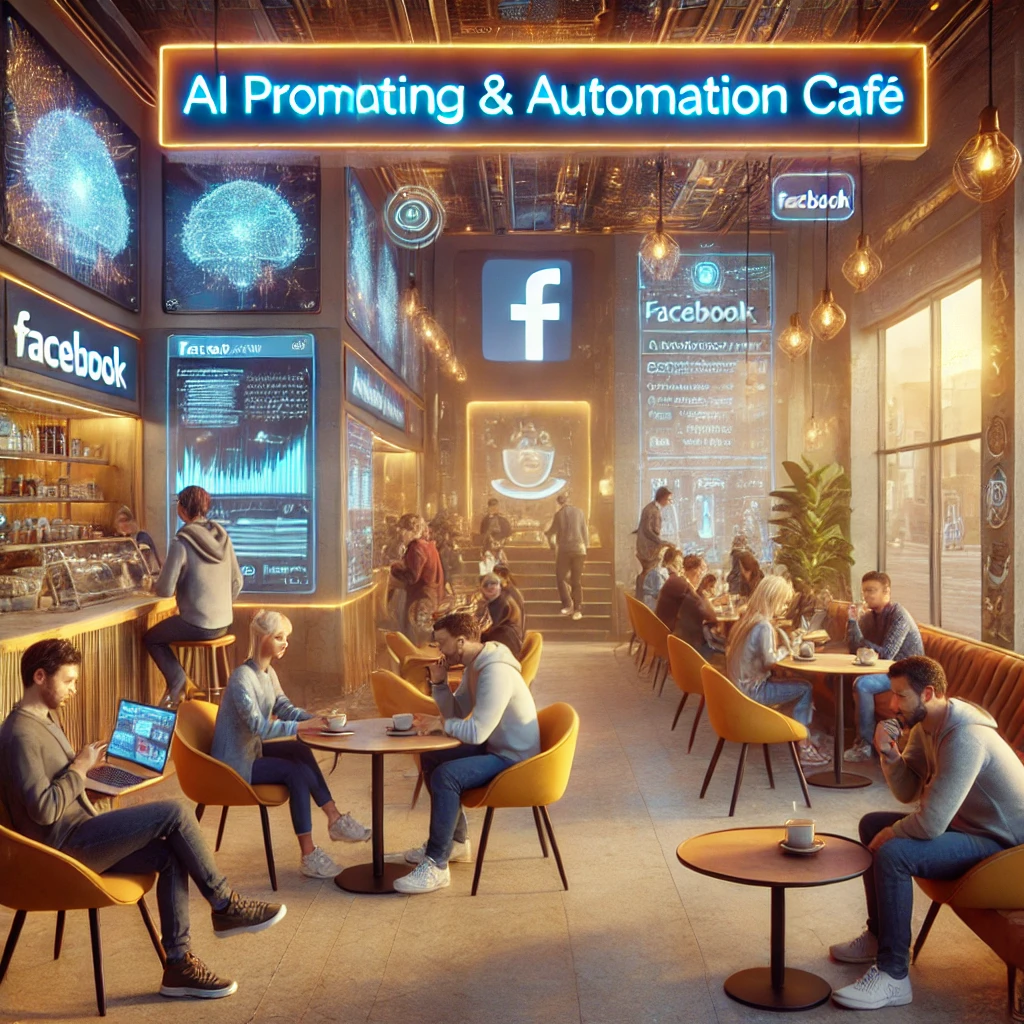Understanding the Role of Proprietary Data in Generative AI
As generative AI continues to reshape industries through automation, content creation, and decision-making augmentation, it’s becoming increasingly clear that simply using off-the-shelf models like ChatGPT or Claude isn’t enough to achieve optimal, meaningful results. The true potential of these AI systems is unlocked when combined with context-specific, proprietary data—a process that requires intentional architecture and strategic input design, or what some experts are calling context engineering.
Shelly Palmer, a globally recognized media and technology expert, recently shed light on the transformative role of proprietary data in enhancing the performance and accuracy of generative AI systems. His approach emphasizes the need for businesses and professionals to actively shape the context that directs AI responses, rather than just relying on general-purpose models trained on publicly available internet data.
What is Context Engineering?
Context engineering refers to the deliberate curation and structuring of inputs to guide an AI’s behavior, capabilities, and tone in a manner that’s consistent with your specific goals or brand voice. Think of it as teaching the AI about your organization’s unique language, priorities, and domain expertise.
Rather than manually refining responses after the fact, context engineering injects relevance into the process at the source. This pre-prompt customization helps businesses:
- Control the type and quality of generated outputs, based on proprietary workflows, terminology, or industry knowledge
- Align AI-generated content with specific brand identity, voice, and customer expectations
- Reduce hallucinations and factual inaccuracies by grounding responses in verified internal content
In practical terms, this could mean embedding training materials, sales scripts, knowledgebase articles, or product documentation into the AI’s briefing data before it generates responses—turning it from a “jack-of-all-trades” into a specialist operating within your business framework.
Why Proprietary Data Gives You a Competitive Advantage
The vast majority of generative AI models are trained on public information—books, websites, academic papers, forum posts, etc. The major shortcoming? None of this data truly knows you, your organization, or your unique knowledge base.
Proprietary data is your secret weapon. It consists of:
- Internal documents: training guides, SOPs, product/service data
- Customer insights: feedback, preferences, interaction history
- Historical data: performance metrics, trends, sales reports
Used effectively, this internal content empowers an AI to deliver outputs that are not only contextually aware but strategically aligned with your business needs.
Palmer emphasizes that organizations who harness their proprietary data and integrate it into their AI workflows can dramatically outperform competitors using generic, black-box AI outputs.
The Context Stack: A Modern Approach to AI Interaction
To further explain how proprietary data can be integrated into generative AI systems, Palmer introduces a concept called the “Context Stack.” This stack is built by gathering the necessary parameters and internal inputs that guide the AI engine.
A proper context stack includes:
- Persona information: who is speaking (a marketing director, customer service rep, etc.)
- Audience targeting: who the recipient is (customer, internal staff, investor, etc.)
- Communication goals: what outcomes the AI should aim for (conversion, education, clarity, persuasion)
- Knowledge injections: relevant proprietary data to increase AI’s knowledge and reduce hallucination
For example, a context stack for generating an email campaign might include customer personas, previous campaign performance, highlighted products/services, market-specific language, and even competitive insights gathered by sales teams. When this data is installed into a generative tool, the result is content that feels deeply personalized and relevant—not something anyone could replicate with a generic prompt.
Real-World Applications Across Industries
The strategy of enriching generative AI with proprietary content isn’t just a technical theory—it’s already in practice across numerous industries:
1. Healthcare
AI-driven medical chatbots are being fine-tuned with proprietary health records and hospital protocols to give more accurate and personalized care suggestions while conforming to HIPAA compliance.
2. Legal
Law firms are feeding case history, key statutes, prior rulings, and firm-preferred templates into AI to draft contracts, legal briefs, and memos with greater accuracy—and in the firm’s preferred tone.
3. Marketing
Marketing teams are using data from CRM platforms, website analytics, and customer feedback to train AI on how to reflect brand voice, improve customer targeting, and scale content creation.
4. Financial Services
Banks and investment firms input proprietary research, regulatory frameworks, and client policies to generate reports, respond to client inquiries, and flag compliance risks efficiently using AI.
In all these cases, context and proprietary data are what enable generative AI to truly add value—without these, outputs risk being generic, inaccurate, or even brand-damaging.
Custom Workflows Are the Future
Palmer asserts that successful AI integration into business workflows hinges on customizing how and when AI is used. Rather than deploying AI as a generalized assistant, companies should be building microservices—small, specialized tools tailored to specific teams or functions.
These tools are equipped with:
- Curated training sets from proprietary data sources
- Context stacks specific to the task or user persona
- Pre-configured prompt templates, optimized for accuracy and alignment
This modular approach ensures better uptake and trust in AI-supported processes while preventing knowledge gaps or unpredictable outputs.
Challenges and Considerations
Integrating proprietary data into generative AI systems isn’t plug-and-play. It comes with notable challenges:
- Data security and compliance: Managing internal datasets requires robust encryption, access control, and legal oversight.
- Data quality: Not all proprietary information is structured or AI-ready. Organizations must undertake cleaning and organizing efforts.
- Infrastructure cost: Hosting and processing local large language models or vectorized search requires technical investment.
Despite these factors, those who invest early in fine-tuning AI with internal context will reap outsized rewards in efficiency, personalization, and innovation.
The Competitive Frontier: Building Proprietary AI Systems
AI is evolving rapidly. As general-purpose models become commoditized, the true competitive edge will not lie in using AI—it will lie in how you use it.
Companies that build their unique AI ecosystems by embedding proprietary data and contextual strategies will evolve faster, serve clients better, and operate more intelligently. These players won’t just ride the AI wave—they’ll shape it.
Businesses across sectors should consider the following roadmap:
- Audit the types of internally held information that could benefit AI performance
- Develop standardized context stacks for relevant departments
- Create sandbox environments to experiment with and refine prompt + data inputs
- Internal training on AI prompt engineering and ethical usage standards
Final Thoughts
Generative AI has entered a new phase—one where having access isn’t enough. Success now depends on strategy: how you enrich generative AI with contextual awareness and exclusive organizational knowledge to make it not only useful but invaluable.
By refining context inputs and integrating proprietary data, businesses can shape generative AI into a tailored partner that understands their operations, priorities, and nuances. As Shelly Palmer describes, this is not just about using AI—it’s about teaching it to think like your organization.
The future of AI isn’t general—it’s personal. And the organizations that invest in training their AI through context engineering will be the ones leading the next wave of digital transformation.






